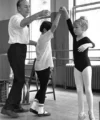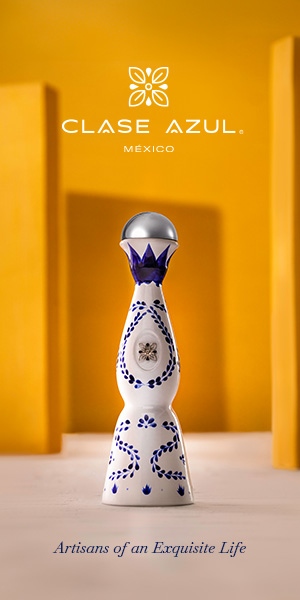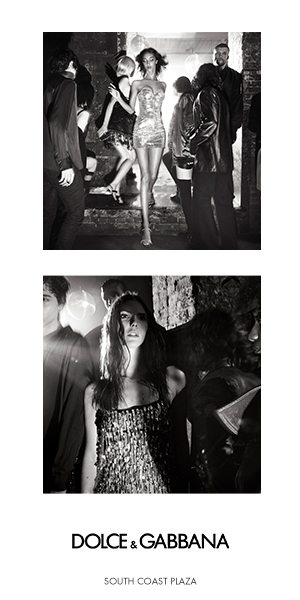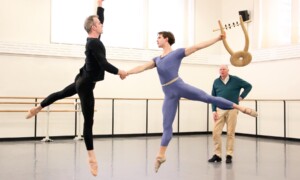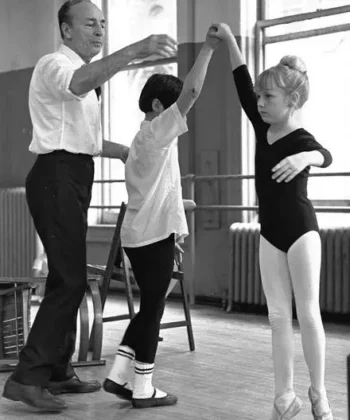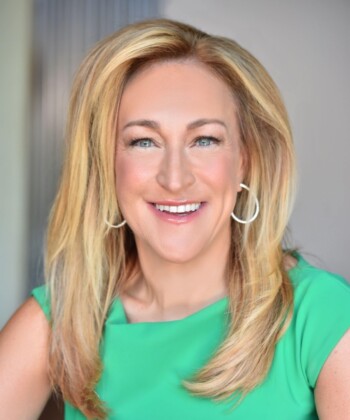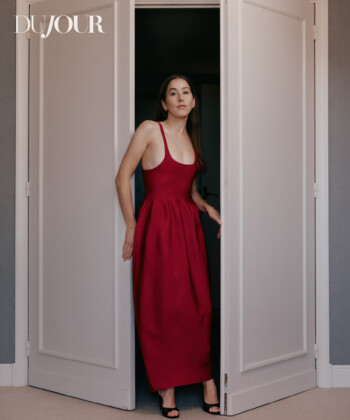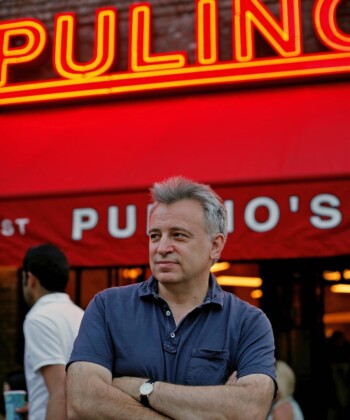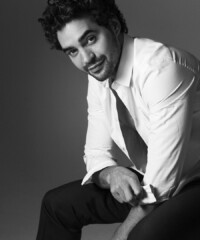When the miniseries Labyrinth airs on the CW Network on May 22 and May 23, viewers will be drawn into a suspenseful mystery set in two times, modern-day Carcassonne in southwest France and the exact same place, in the year 1209 AD. Starring Jessica Brown-Findlay (the beloved Lady Sybil of Downton Abbey), Vanessa Kirby, Katie McGrath, John Hurt and Tom Felton, Labyrinth tells the story of how discovering two skeletons in a cave reveals the truth of a tragedy that has the power to shock us centuries later.

Kate Mosse
But behind the mystery of Labyrinth is another story, that of the woman who wrote the novel that this miniseries is based on. When Kate Mosse, an accomplished English journalist, broadcaster and published author, bought a small house in the Languedoc region of southwest France, the region inspired her to write a trilogy of atmospheric historical thrillers, most recently Citadel. But the journey began with Labyrinth. After that novel was published in 2005, it became an international bestseller and sold in more than 40 countries.
Mosse tells DuJour what went into the making of the miniseries—and what moves her to write her addictively atmospheric and suspenseful novels.
It must feel strange to go back to talking about Labyrinth, after you’ve written all these other other successful novels. But it took a while for Labyrinth to reach a screen.
My agent and I had said no to everybody. We said “No” all the time. We didn’t think it was filmable because one of the things about this type of book is the reader is in charge of his or her own reading speed and when complicated books go backwards and forwards, readers can take it at their pace. The challenge with any sort of movie—but particularly with taking an 180,000-word book and putting it into four or five hours—is in not frustrating the viewer, getting them engaged in one story and then stealing them away and putting them in another time. And then, of course, I wrote two female heroes. The thing that I feel very strongly about—and I do it in all of my books—is I want to put women’s stories at the heart of things, not be the additional story. When we were talking to Hollywood, they were not prepared to do that.
They wanted to make one of the male characters more dominant?
Yes.

Katie McGrath as Oriane Congost
What happened then to make this project happen?
Ridley Scott and his production company felt they could tell this story for television. And times are changing, with Hunger Games and the young adult market. Women can hold a thriller movie.
One of your main characters, Alice Tanner, is an Englishwoman who comes to the Languedoc and is immediately drawn to it. And I was wondering if she represented you, when you first moved to that part of France and were clearly drawn to it, too.
Alice is not me at all. Nobody is based on any real person. I never write like that, because readers can tell. If you’re simply copying someone, even if it’s yourself, the characters don’t come to life as themselves. It can’t simply be a mirror of what you see. Having said that, you do use emotions and characteristics of other people, including yourself. So for example, when Alice sees the city for the first time from the motorway, it’s based on my emotions of how I felt when I first saw it. All of my joy and my celebration of Carcassonne.

John Hurt and Vanessa Kirby in a scene from Labyrinth
Did you ever consider writing the novel in one time period instead of a “time slip” book? You could have written a main character investigating what happened in the past without having to write a whole second time period with its own characters.
You can have all the ideas in the world; you think, “Won’t that be great?” and you come up with a certain character, a piece of history, but the truth is that the book tells you what it wants you to do. When I sat down, I had never heard of time slip. There were just one or two writers who had done the same thing at that time—now there are more. I didn’t intend to do this, to have two completely different historical periods on the page. But the book taps you on the shoulder and says, “Hey, that’s how we’re going to do this.”
Are you continuing to write novels set in different times?
The novel I am working on at the moment is set in one year. The Taxidermist’s Daughter is a Gothic story. I’m enjoying my Gothic fiction because it’s very much more sort of a Daphne du Maurier, creepy, single narrative. It’s so liberating!
MORE:
8 Novels to Take You to Another Place, Another Time
Torrance Coombs Talks Reign’s Second Season
Trending Now: Smart Thrillers








